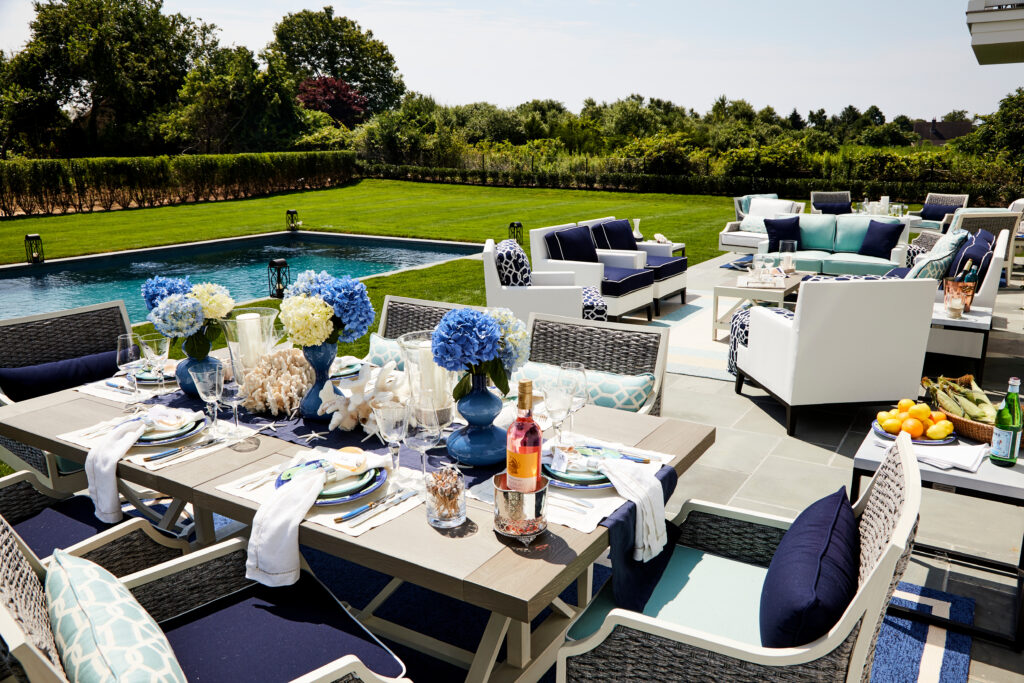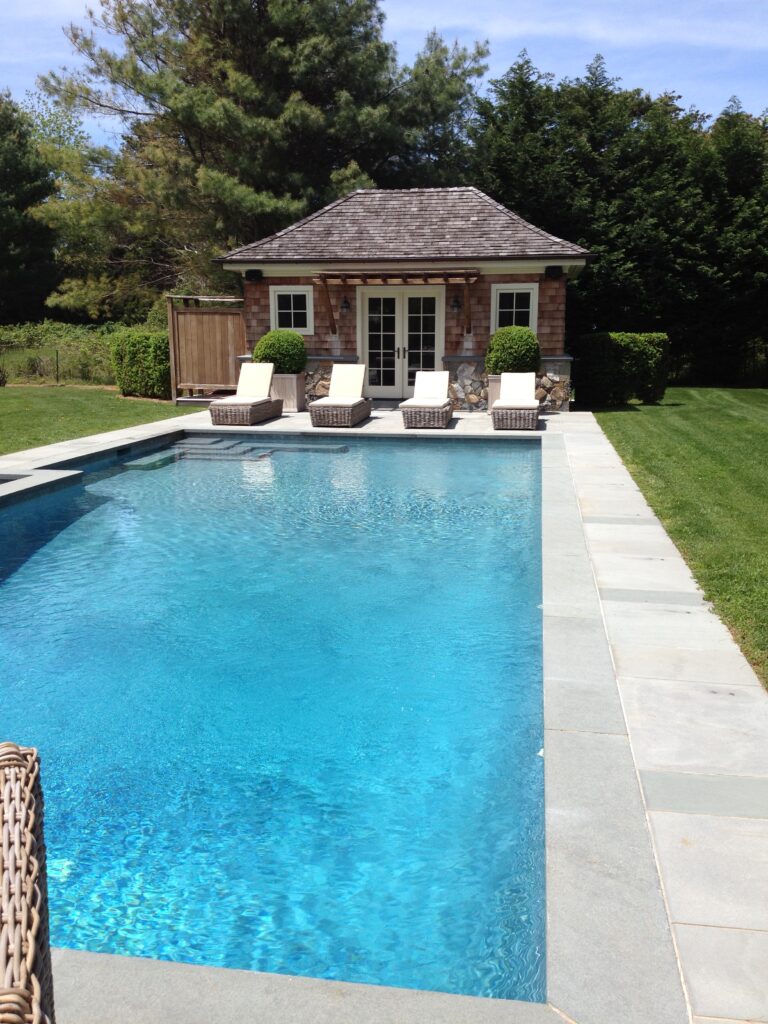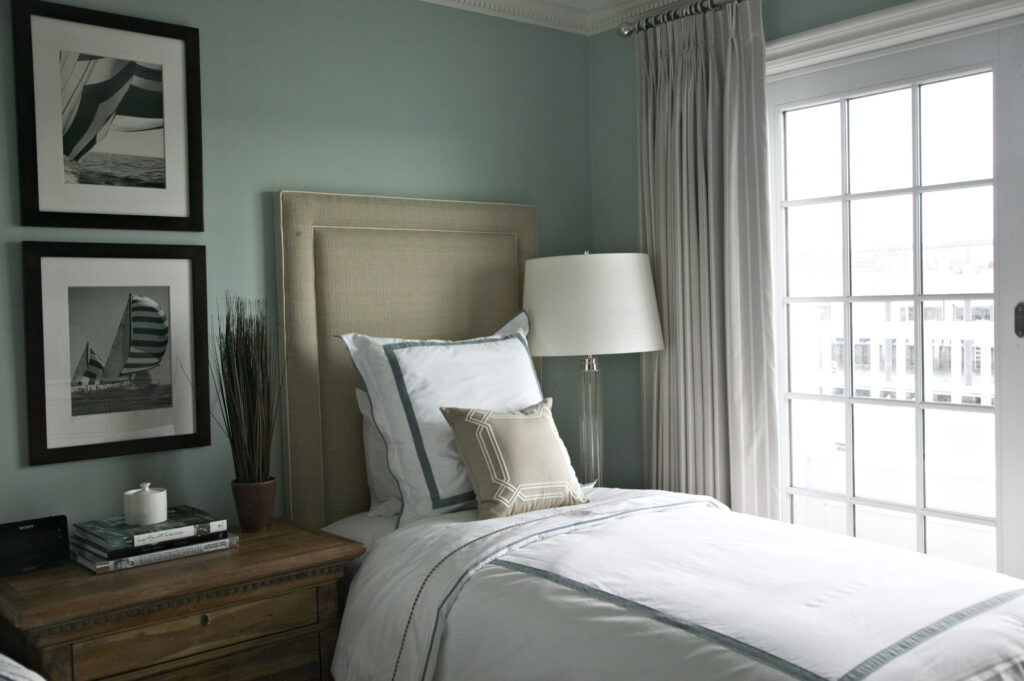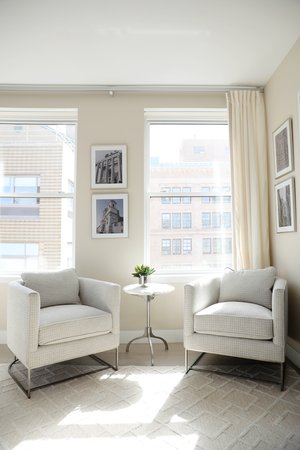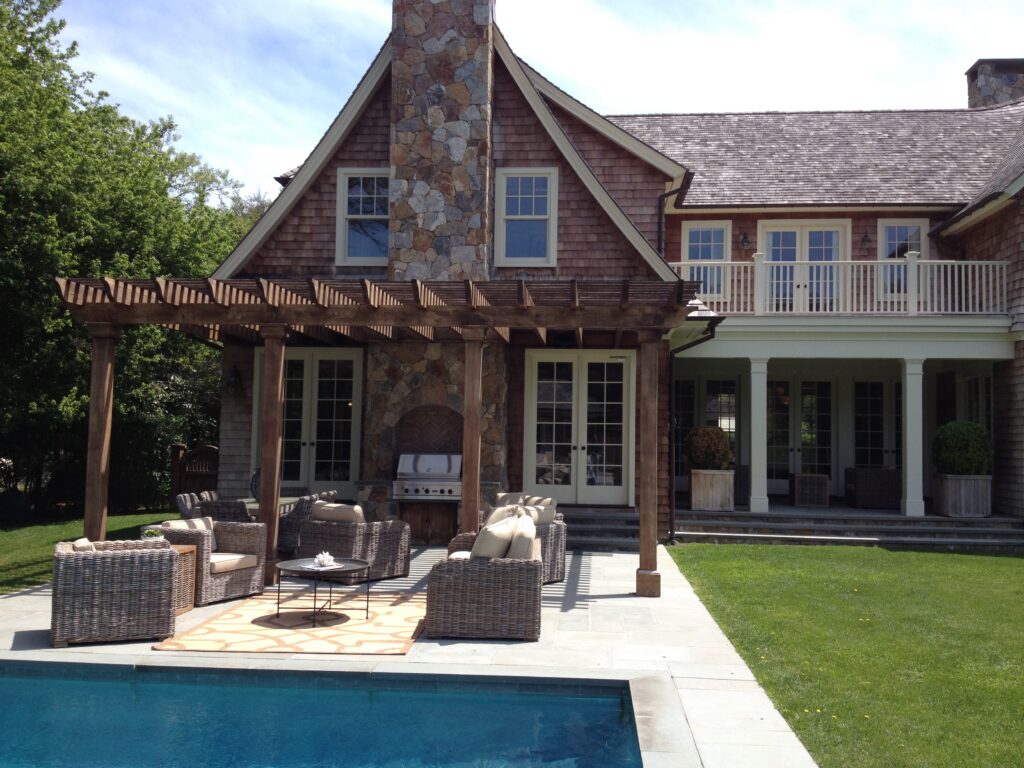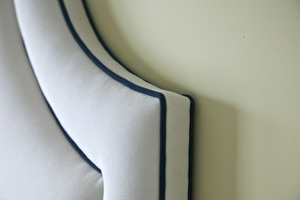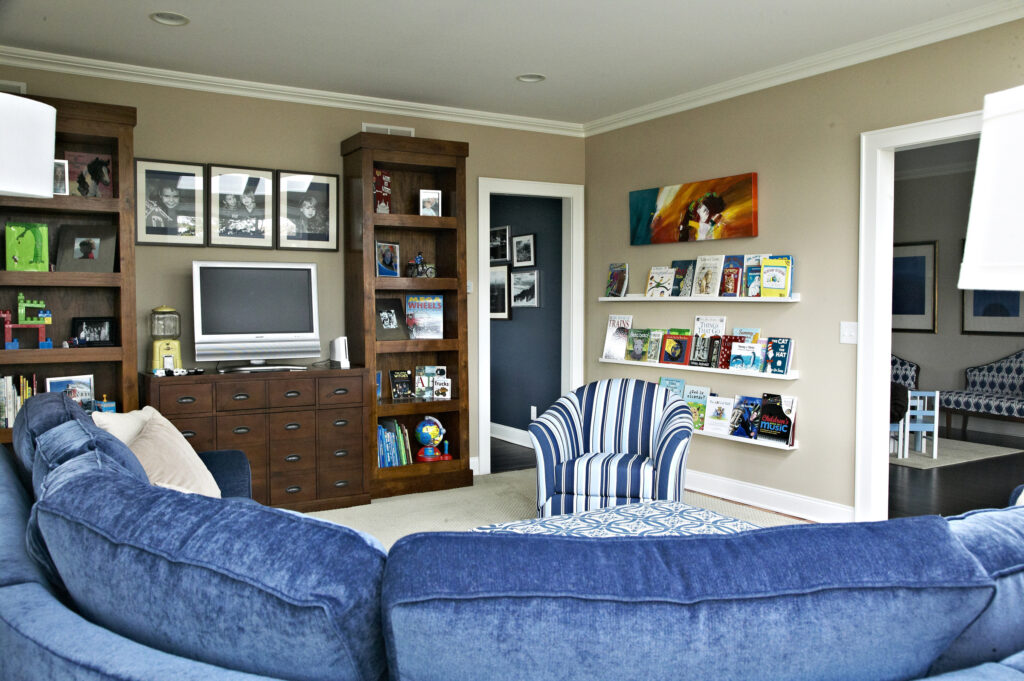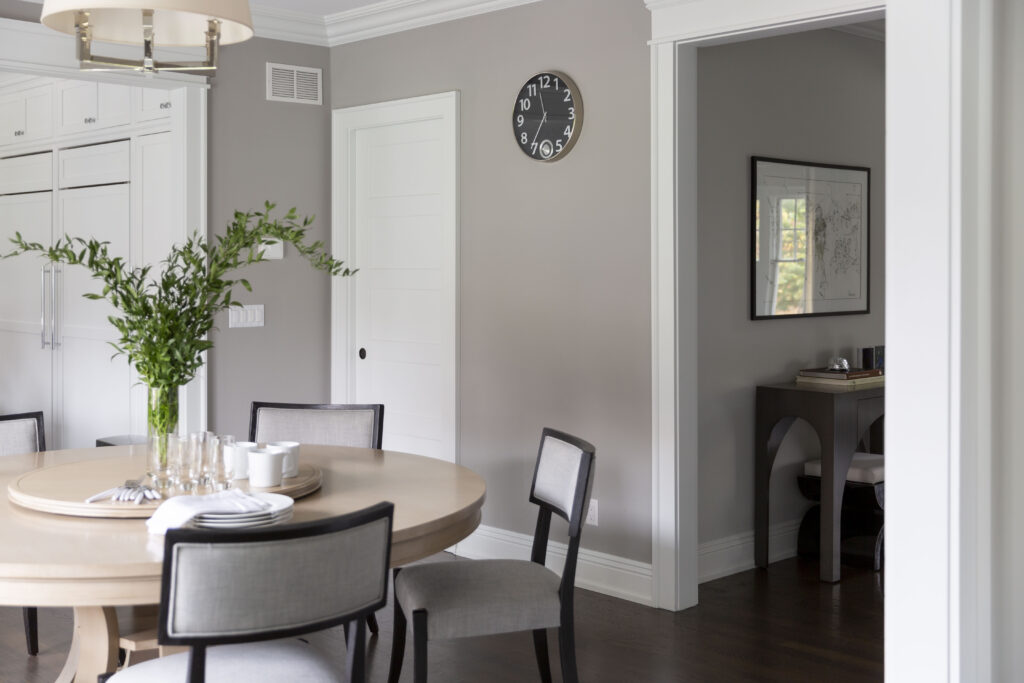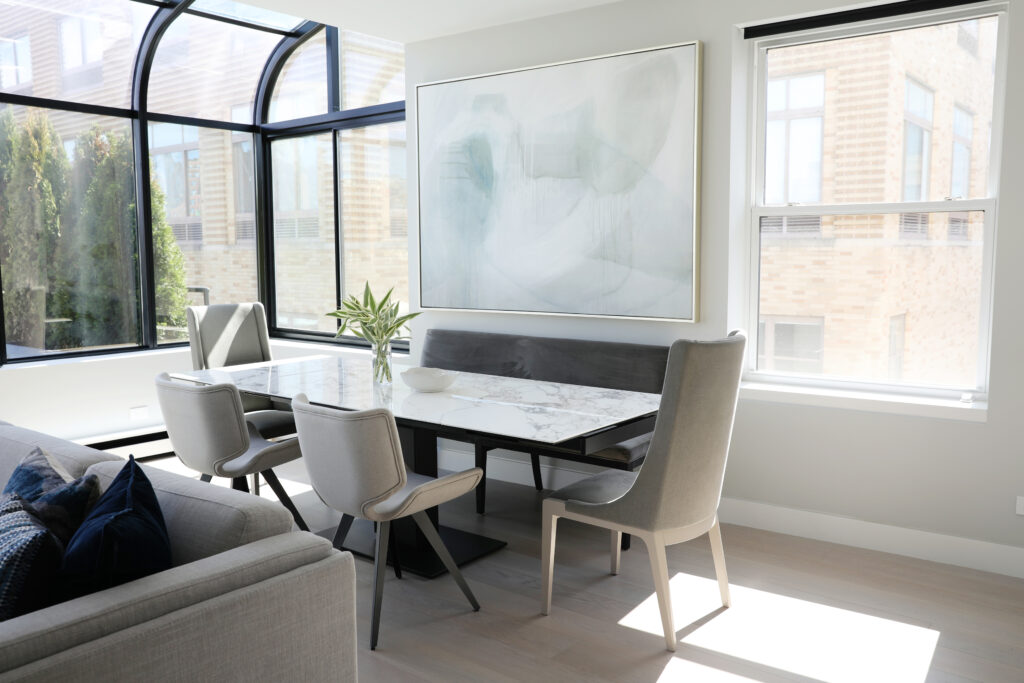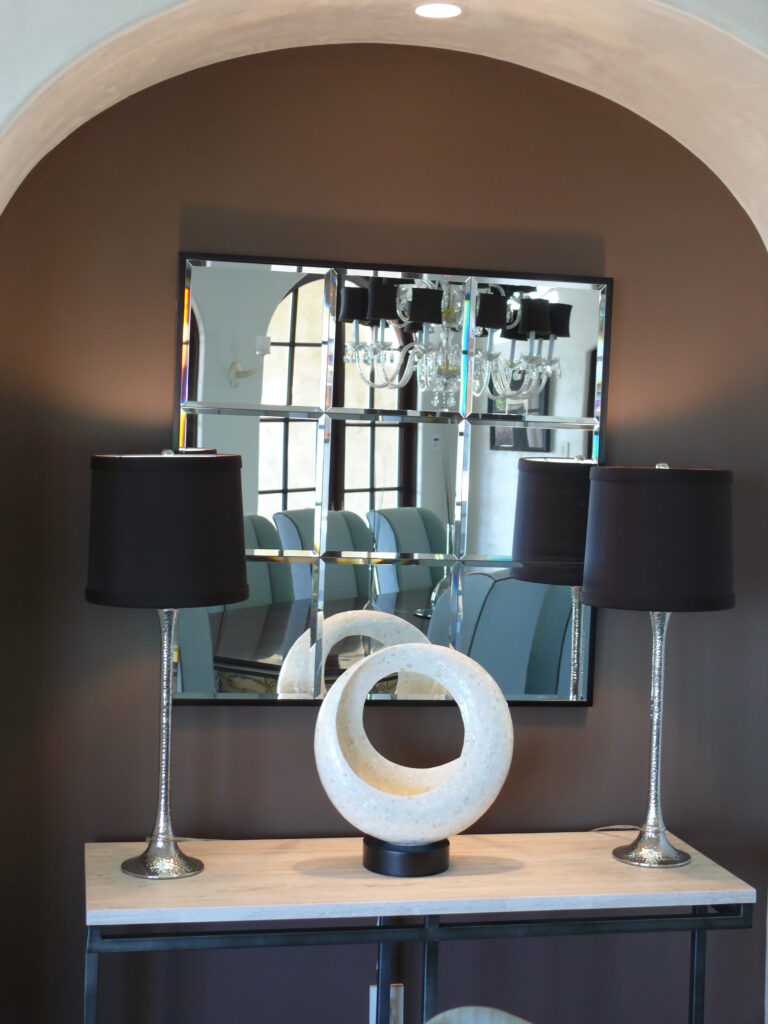When it comes to enhancing the overall design aesthetic of your home’s interior, choosing the right floor stain colors is one of the most crucial design decisions you’ll make. Your flooring is the foundation of each and every room and literally sets the tone for the various spaces, your flooring hue can significantly impact the overall look and feel of your home. One common dilemma homeowners face is whether to go for a light or dark stain, there are so many factors to consider! I’m here to help you explore the pros and cons of both options, weigh in with some important interior design insights, and help you determine the best floor stain color for your home design. Let’s start from the ground up!
What type of Wood Floor are you Working With?
First things first, you need to determine what type of wood floor you are working with, is it new construction with a brand new floor, is it existing wood flooring and you want to sand it and change the color, these are the most important things to look at. Often times people buy an older home and think they can sand the floors but maybe they have been sanded a few times already and there’s not enough wood veneer to sand one more time. Other challenges can be when someone wants to take a dark floor and make it light, depending on how much sanding can be done impacts the ability to do this and often times the original dark stain has penetrated the wood planks so deeply that you can never really get the dark tone completely out or a light stain on top will be uneven and spotty. A good wood flooring person can help you learn about the floors you will be working with and what the color possibilities are.
Custom Stain Color Tests – Getting it Right
One wood stain color recipe doesn’t fit all, particularly when you have sanded existing wood floors and you are going to refinish them. Depending on how old the wood is, what the previous finish was, and the look you want, you will need to do some test patches but this isn’t unusual. Before test day know the look you are going for and be willing to compromise a little as an old floor has patina and will not take stain as evenly as a new floor, lean in and embrace the history of your home, you are going for a look, not perfection and most likely in sone spaces you will have some area rugs! If you have brand new wood floors the sky is the limit but you still will want to do stain samples on the floor so you can see what you are liking! (FYI – Most contractors and wood flooring people use Minwax Floor stains so that’s a perfect place to start when looking at stain colors!)
Various Wood Species equals Varying Flooring pricing
Different wood species take color differently like white pine is different from yellow pine and red oak takes the exact same stain completely differently than white oak. Compare pricing with your flooring person, look up images online and see what people say about the different types of wood and how it takes a stain. I prefer a more neutral wood which lets you control the tone and hue of the stain rather than having to balance red/ orange / or yellow undertones that are inherent in the wood, that can be a tough balancing act and an uphill battle but this is why testing stains on your actual floor is so important. This is where research and real wood flooring galleries are invaluable. It’s important to kick the tires and see how wood floors and various wood species respond to different stain colors.
Light Wood Floor Stain Colors:
Light stain colors, such as natural wood tones or lighter shades like bleached or washed wood, can create an open and airy atmosphere within your home. And one size doesn’t fit all when working with light toned floors and the desired design style you’re going for. Depending on the stain application of your light tone floor it can work in any look from contemporary, coastal or classic, it just depends on the hue you use. It’s a good idea to consider what the design vibe is you’re looking to achieve and then choose the light stain accordingly!
- Here are some advantages and considerations when opting for a light stain:
- a. Bright and spacious: Light-colored floors reflect more natural light, making a room feel larger and more open. If your space is small or lacks natural light, a light stain can help brighten it up.
- b. Versatility: Light stains tend to be more versatile, as they complement various design styles ranging from traditional to contemporary. They also provide an ideal backdrop for a wide range of furniture and decor choices.
- c. Concealing scratches and wear: Light-colored stains have the advantage of making scratches and wear less noticeable compared to darker stains. This can be particularly advantageous in high-traffic areas or homes with active children or pets.
However, it’s important to consider potential drawbacks of light stains as well:
- a. Maintenance: Light floors may require more frequent cleaning and maintenance to keep them looking their best, as they can show dirt, stains, and scuffs more easily. Regular cleaning and protective measures like area rugs can help mitigate this issue.
- b. Staining and discoloration: Light stains can be more prone to showing stains and discoloration over time. Spills and accidents should be treated right away to prevent permanent damage to the flooring. ( Check out these beautiful light wood floors ! )
Dark Stain Colors:
Dark floor stain colors, such as deep browns, ebony, or espresso tones, bring an air of elegance and richness to a space. Here are some of the advantages and considerations of choosing a dark stain:
- a. Timeless and sophisticated: Dark floors exude a sense of luxury and create a dramatic backdrop for your home decor. They can add depth and warmth to your space, particularly in rooms with ample natural light.
- b. Low maintenance: Dark stains are excellent at hiding dust, dirt, and minor imperfections. They can be an ideal choice for busy households or areas with high foot traffic, as they require less frequent cleaning and maintenance.
- c. Cozy ambiance: Dark flooring can create a cozy and intimate atmosphere in larger rooms or areas where you want to promote a sense of comfort and relaxation.
Be sure to consider these following factors before opting for a dark stain:
- a. Limited light reflection: Dark floors tend to absorb more light, which can make a space feel smaller or darker. If you have a small room or limited natural light, a dark stain might not be the best choice as it can make the space appear more closed off. A large area rug helps combat this design flaw!
- b. Visible scratches and dust: Dark stains can make scratches, dust, and pet hair more visible. Regular cleaning and maintenance are crucial to keeping your floors looking clean and cared for. Some people find this more work than they want to keep up with so it’s something to consider!
Bottom line is when choosing a floor stain colors, start with some inspiration images that have the look and feel of rooms you love and let that be your inspiration and the springboard for your design direction. Selecting the right floor finish is truly one of the most important design decisions you will make in your home! A beautiful finish on your floor is the best way to create a fabulous foundation for a dynamic room design!
Main Pages
Recent Blogs
Blog Categories
Learn More About Libby Langdon

Newsletter Signup
Libby in the News
Latest News about Libby Lagdon


